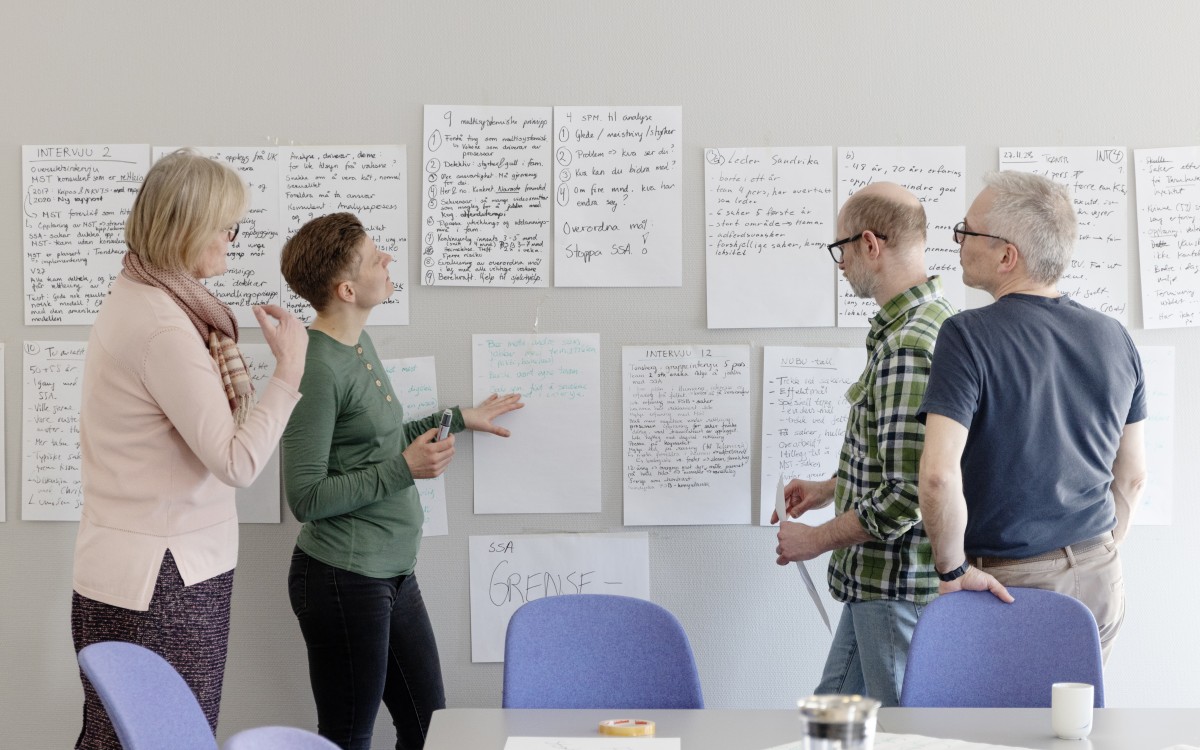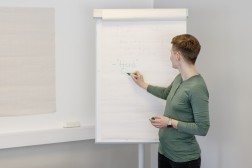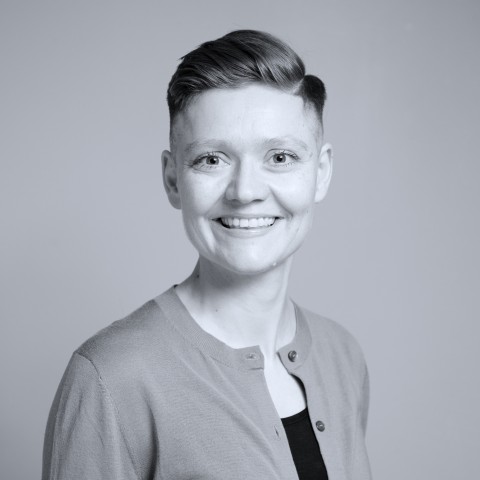Collective qualitative analysis

Do you work with qualitative data? Interview, fieldwork or document analysis? Have you ever sat there with several hundred pages of transcripts and wondered what to do? How do you go about analyzing all this? You are not alone.
This article was writen by Helga Eggebø and first published in Norwegian at Forskerforum.no on 30th November 2020.
As a PhD-candidate, I remember feeling overwhelmed, baffeled and alone – almost in panic – the day I had finished collecting all data and sat in my office with several hundred pages of transcribed interviews on my desk. What to do know?
I am not the only one who have struggled with feelings of despair confronted with a large set of qualitative data. Davis Silverman has described qualitative analysis as a “mystery”.
Together with colleagues, I have developed a method for grappling with the mystery of qualitative analysis: I call it «collective qualitative analysis» and it has four steps:
- Data reduction
- Mapping themes
- Thematic grouping
- Outline and work plan
Data reduction
The first step of collective qualitative analysis is to reduce data and read through all summaries. The person responsible for the summary reads it while one of the other participants take notes. Subsequently, you put the note sheets on the wall.
During this first step, all researchers become familiar with the data and you may include people who have not collected or read all data beforehand.
Mapping themes
The second step of collective qualitative analysis is a brainstorming process. The group writes topics, themes and ideas on flip-overs until there are no more ideas. During this step, you do not open up for discussion and arguments. Rather, you listen, accept and develop ideas. It is important that participants do not self-censure.

Thematic grouping
The aim of the third step is to open up a room for questions and discussions among participants. You may start out by sorting the ideas and themes on the wall. During the physical task of moving sheets, the participants can ask questions to the data and each other, to bring attention to complexity and different perspecitves.
Outline and work plan
The final step of the collective qualitative analysis workshop is to make an outline for a research report or dissertation, or develop ideas for papers. The flip-overs can serve as a point of departure for formulating research questions, chapters and contributions to the research field. Finally, you decide on who is going were to start writing what part of the texts.
Why collective research methods?
My colleagues and I have found collective qualitative analysis to be an efficient, creative and enjoyable way of starting the analytical process. Moreover, it has been a good way of handling feelings of despair when faced with large amounts of qualitative data.
By engaging into collective qualitative analysis, we can make room for a creative analytical process where we can develop our understandings of data by learning from each other. Collective qualitative analysis can help you solve solve the “mystery” of qualitative analysis.

